R Remove Duplicate Rows
Finding Duplicate Rows
Before we dive into the process of removing duplicate rows in R, it is crucial to first identify them. Duplicate rows are essentially rows in a dataset that contain the exact same values across all columns. Here’s how you can find duplicate rows in R:
1. Using the duplicated() function:
The duplicated() function in R allows you to detect duplicate rows in a dataframe. It returns a logical vector with TRUE values for duplicated rows. You can then filter the dataframe using this vector to identify and view the duplicate rows.
2. Using the table() function:
Another approach is to use the table() function to count the occurrence of each row in a dataframe. By determining the rows with a count greater than one, you can identify the duplicate rows.
Identifying Duplicate Rows
Once you have found duplicate rows in your dataset, you may want to examine them further to understand why they exist. To do this, you can use the subset() function in R to select the duplicate rows based on the logical vector obtained from the duplicated() function. This will allow you to inspect the duplicate rows and investigate any inconsistencies or errors in your data.
Removing Duplicate Rows
Now that you have identified the duplicate rows, it’s time to remove them from your dataframe. There are several methods you can use to eliminate duplicate rows in R:
1. Using the unique() function:
The unique() function returns a vector, matrix, or dataframe with all duplicate elements removed. By applying this function to your dataframe, you can obtain a new dataframe without any duplicate rows.
2. Using the distinct() function from the dplyr package:
The distinct() function, part of the dplyr package, is another effective way to remove duplicate rows in R. It returns a dataframe with unique rows based on selected columns, allowing you to retain only the first occurrence of each unique row.
Eliminating Duplicate Rows Based on Specific Columns
In some cases, you may want to remove duplicate rows based on specific columns, while considering the remaining columns for comparison. To do this, you can use the duplicated() function in combination with the subset() function. By specifying the relevant columns in the subset() function, you can eliminate duplicate rows based on your desired criteria.
Retaining Unique Rows from Duplicate Rows
Although removing duplicate rows may be necessary in some situations, there might be instances where you want to keep a record of all unique rows, including the duplicates. You can achieve this by using the duplicated() function and creating a new column to mark the duplicate rows. This way, you can retain all the unique rows while differentiating the duplicates.
Preventing Duplicate Rows in the Future
As you work with datasets, it’s important to take measures to prevent the occurrence of duplicate rows. One way to do this is by using functions like distinct() and unique() before appending or merging datasets, to ensure that you are not introducing duplicates unintentionally. Additionally, implementing data validation checks and error detection mechanisms can help detect and prevent duplicates during data entry and processing.
FAQs:
Q: How can I find duplicates in R?
A: You can use functions like duplicated() and table() in R to find duplicate rows in a dataframe.
Q: How do I remove a row in R?
A: To remove a specific row in R, you can use indexing or filtering methods. For example, you can use the subset() function and specify the condition to remove rows accordingly.
Q: What is the distinct() function in R?
A: The distinct() function from the dplyr package in R returns a dataframe with unique rows based on selected columns. It keeps only the first occurrence of each unique row.
Q: Can I remove duplicate rows in Excel 365?
A: Yes, you can remove duplicate rows in Excel 365 by using the Remove Duplicates function. This feature allows you to select specific columns for detecting and eliminating duplicate rows.
Q: How do I drop NA values in R?
A: You can drop NA values in R using the na.omit() function. It removes any rows with NA values from your dataframe.
Q: Can I remove duplicate rows directly in Excel?
A: Yes, Excel provides an option to remove duplicates directly from the data. You can find this feature in the Data tab under the Remove Duplicates button.
Q: How do I remove a row with a condition in R?
A: To remove a row with a specific condition in R, you can use the logical vector obtained from applying the condition and select rows that do not meet the condition using subsetting techniques.
Q: How do I check if duplicates exist in Excel?
A: In Excel, you can use the Conditional Formatting feature to highlight duplicate values in a selected range. This allows you to identify if duplicates exist in the dataset.
In conclusion, removing duplicate rows in R is an essential data cleaning task. By following the methods mentioned above, such as finding duplicate rows, identifying them, and applying appropriate functions, you can effectively eliminate duplicate rows in your data. Remember to take preventative measures to avoid the occurrence of duplicates in the future and maintain data integrity.
Remove Duplicated Rows From Data Frame In R (Example) | Delete Replicates With Duplicated() Function
Keywords searched by users: r remove duplicate rows Find duplicate in R, Remove row in R, Distinct in R, Remove duplicate in excel 365, Drop na in r, Remove duplicate Excel, Remove row with condition in R, Check if duplicate Excel
Categories: Top 40 R Remove Duplicate Rows
See more here: nhanvietluanvan.com
Find Duplicate In R
## The `duplicated()` Function
One straightforward way to find duplicates in R is by using the built-in `duplicated()` function. It returns a logical vector of the same length as the input vector, indicating whether each element is a duplicate of a previous element. By default, the function marks the first occurrence of a value as non-duplicate and subsequent occurrences as duplicates.
Consider the following example:
“`R
# Create a vector with duplicates
vec <- c(1, 2, 3, 2, 4, 5, 3, 6, 1)
# Identify duplicates
duplicated(vec)
```
The result will be: `[1] FALSE FALSE FALSE TRUE FALSE FALSE TRUE FALSE TRUE`.
To obtain the actual duplicated values instead of a logical vector, we can use the `vec[duplicated(vec)]` expression. In this case, the result will be: `[1] 2 3 1`.
## The `anyDuplicated()` Function
While `duplicated()` identifies duplicates within a vector, the `anyDuplicated()` function is used to find duplicates in an entire object, such as a dataset or a data frame. If duplicates are found, it returns the index of the first duplicated element. Otherwise, it returns zero.
Consider the following example:
```R
# Create a data frame
df <- data.frame(name = c("John", "Sarah", "John", "Ann"),
age = c(25, 32, 35, 28))
# Identify duplicates
anyDuplicated(df)
```
In this case, the function returns `1`, indicating that the first element of the data frame (`"John"`) is a duplicated entry.
## The `table()` Function
Another approach to finding duplicates is by using the `table()` function. This function counts the frequency of each unique value in a vector, allowing us to identify values that occur more than once.
Consider the following example:
```R
# Create a vector with duplicates
vec <- c(1, 2, 3, 2, 4, 5, 3, 6, 1)
# Count frequency
table(vec)
```
The result will be:
```
vec
1 2 3 4 5 6
2 2 2 1 1 1
```
From the table, we can see that the values `1`, `2`, and `3` occur twice, indicating the presence of duplicates.
## FAQS
**Q1: Can the `duplicated()` function handle data frames?**
A1: No, the `duplicated()` function works only on vectors. If you need to find duplicates within a data frame, you can use the `anyDuplicated()` function instead.
**Q2: How can I remove duplicates from my dataset in R?**
A2: To remove duplicates from a dataset, you can use the `unique()` function. It returns the elements of a vector or data frame that are unique, effectively filtering out the duplicates. For example, if `df` is your data frame, you can use `df_unique <- unique(df)` to obtain a new data frame without duplicates.
**Q3: Are there any other packages or functions available for finding duplicates in R?**
A3: Yes, there are several additional packages and functions for finding duplicates in R, such as `dplyr` and `data.table` packages. These packages provide powerful and efficient methods for handling duplicates, especially in large datasets.
To conclude, finding duplicates is an essential task in data analysis, and R provides various methods to accomplish it. Whether you prefer using the `duplicated()` function for vectors, the `anyDuplicated()` function for objects, or the `table()` function for frequency counts, R offers flexibility and efficiency in handling duplicates. By understanding and utilizing these techniques, you can ensure the integrity and accuracy of your data analysis results.
Remove Row In R
R, a popular programming language for statistical computing and graphics, offers several ways to remove rows from a data frame or matrix. Whether you need to eliminate unnecessary data, delete specific observations, or clean your dataset, using the right functions can save time and ensure accurate analysis. This article will guide you through the different techniques to remove rows in R, providing detailed instructions and insights into their usage.
Table of Contents:
1. Using the subset() Function
2. The negative indexing technique
3. Removing rows based on conditions
4. Frequently Asked Questions (FAQs)
Using the subset() Function:
One straightforward method to remove rows in R is utilizing the subset() function. With subset(), you can specify the conditions for removing rows using logical operators. Consider the following example:
“`R
# Create a data frame
df <- data.frame(ID = 1:5, Grade = c("A", "B", "C", "D", "E"))
# Remove rows where Grade is less than C
df_subset <- subset(df, Grade >= “C”)
# Print the modified data frame
print(df_subset)
“`
In this case, the subset() function filters out rows where the Grade is less than C, resulting in a new data frame, df_subset. By utilizing logical operators, you can easily modify the conditions to suit your specific needs.
The Negative Indexing Technique:
Another approach to removing rows in R is by utilizing negative indexing. This technique involves indexing rows that you want to keep with a negative sign. Consider the following example:
“`R
# Create a matrix
mat <- matrix(c(1:9), nrow = 3)
# Remove the second row
mat_modified <- mat[-2, ]
# Print the modified matrix
print(mat_modified)
```
In this example, we use negative indexing to remove the second row from the matrix. By excluding the row we don't want, R allows us to create a modified version of the matrix without that row. This technique provides flexibility in removing specific rows, as you can apply it to various data structures.
Removing Rows Based on Conditions:
R also provides the ability to remove rows based on specific conditions. This approach is particularly useful when you have large datasets and want to eliminate observations that don't meet specific criteria. Let's consider the next example:
```R
# Create a data frame
df <- data.frame(ID = 1:5, Grade = c("A", "B", "C", "D", "E"))
# Remove rows where Grade is equal to C or D
df_filtered <- df[!(df$Grade %in% c("C", "D")), ]
# Print the filtered data frame
print(df_filtered)
```
Here, we use the %in% operator combined with the logical negation (!) to remove rows from the data frame where the Grade is equal to C or D. By using this technique, you can easily adapt the conditions to fit your dataset and requirements.
FAQs:
Q1: Can I remove rows based on multiple conditions?
Yes, you can remove rows based on multiple conditions by combining logical operators like "&" (and) or "|" (or). For example, if you want to remove rows where the Grade is less than C and the ID is greater than 3, you can use the following code:
```R
df_filtered <- df[!(df$Grade < "C" & df$ID > 3), ]
“`
Q2: How can I delete rows with missing values?
Among the various functions available in R to remove rows with missing values, the complete.cases() function is particularly useful. Here’s an example:
“`R
# Remove rows with missing values
df_no_missing <- df[complete.cases(df), ]
```
This method creates a new data frame, df_no_missing, excluding rows with any missing values.
Q3: Are there any functions to remove rows by row name instead of conditions?
Yes, you can remove rows using the row name or row index by utilizing functions such as the subset() function or direct indexing. Here's an example using direct indexing:
```R
# Remove the first row
df_modified <- df[-1, ]
```
This code removes the first row of the data frame, df_modified.
Q4: Can I remove rows based on specific column values?
Certainly! You can remove rows based on specific column values by utilizing the subset() function and logical operators. Here's an example:
```R
# Remove rows with ID values lower than 3
df_modified <- subset(df, ID >= 3)
“`
Conclusion:
Removing rows in R is an essential skill in data manipulation and analysis. Whether you use the subset() function, negative indexing, or conditions, the ability to selectively eliminate rows is crucial for cleaning and organizing your data. By applying the knowledge shared in this article, you now have the tools to confidently remove rows in R and streamline your data analysis process.
Images related to the topic r remove duplicate rows

Found 37 images related to r remove duplicate rows theme








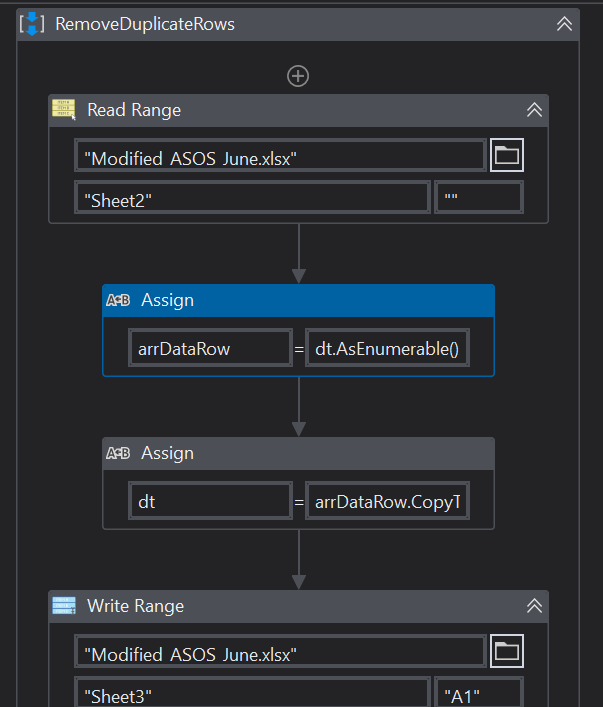







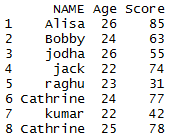



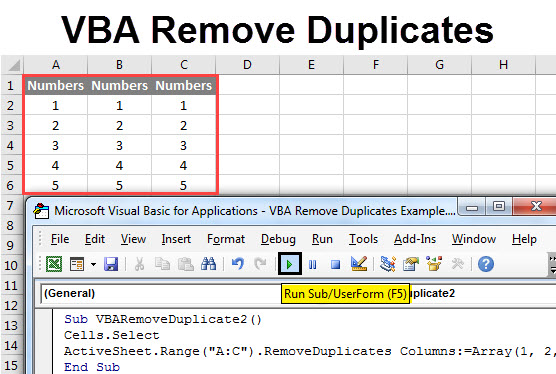


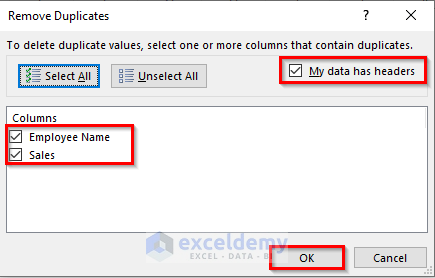













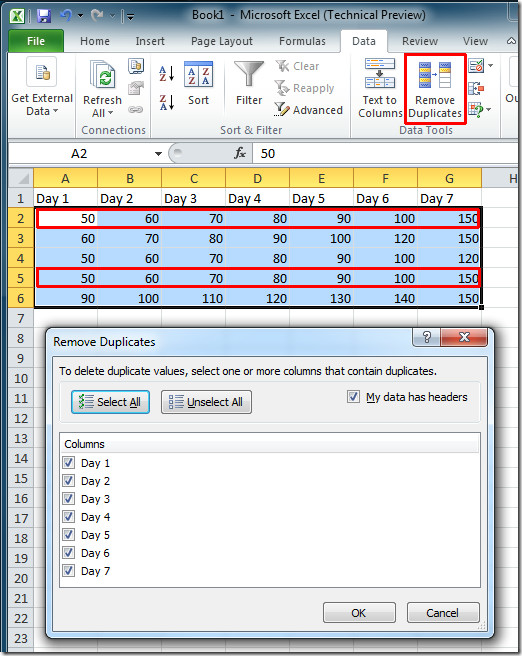












Article link: r remove duplicate rows.
Learn more about the topic r remove duplicate rows.
- How to Remove Duplicate Rows in R – Spark By {Examples}
- Identify and Remove Duplicate Data in R – Datanovia
- Remove duplicated rows – Stack Overflow
- How to Remove Duplicate Rows in R DataFrame?
- Remove Duplicate rows in R using Dplyr – distinct () function
- How to Remove Duplicate Rows in R (With Examples)
- How to Remove Duplicate Rows in R? – Data Science Parichay
- How to Remove Duplicates in R with Example – R-bloggers
See more: https://nhanvietluanvan.com/luat-hoc